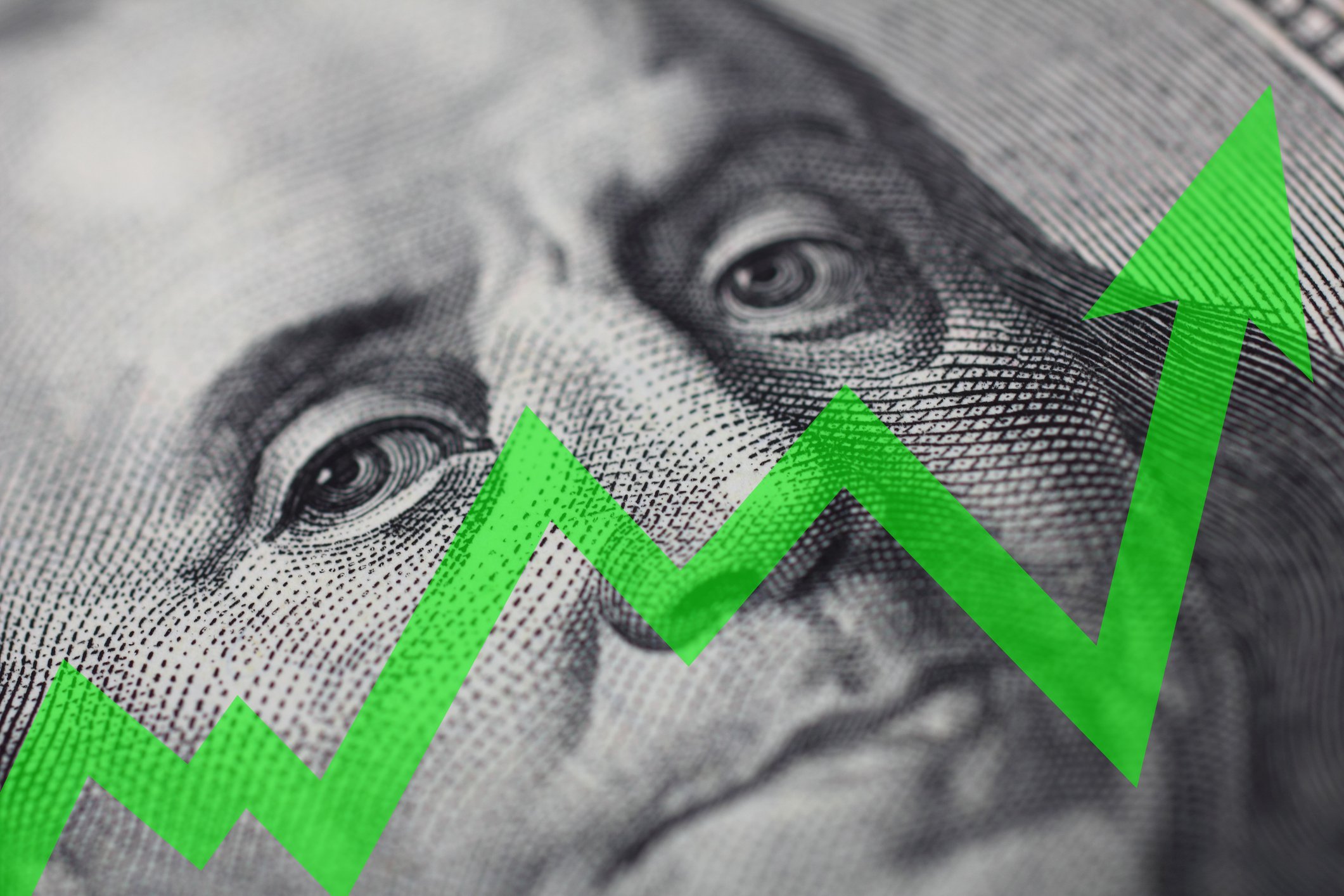Ad buyers expect overall ad spend to decline about 20% in the second half of 2020, according to a survey from IAB last month. The decline will hit some industries much harder than others, as the effects of COVID-19 served to accelerate many advertising trends that existed before the pandemic hit. Traditional media will see a decline in ad spend, but most digital advertising channels will grow considerably in the second half of 2020.
Here are the industries investors should consider to capitalize on the accelerating shift in ad spend to digital.

Image source: Roku.
1. Connected TV
59% of connected TV advertisers expect to increase their spend in the second half of the year, according to IAB's survey. That translates into 25% growth in spend in the third quarter and a 27% increase in the fourth quarter.
Two of the best ways to play the connected TV advertising market are Roku (ROKU 2.68%) and Amazon (AMZN 2.45%). The two combine to control about 70% of the connected TV market in the U.S.
Both have become more aggressive in negotiating deals with content providers to control a greater share of advertising inventory on their respective platforms. Combined with continued improvements in ad technology and formats and valuable proprietary data, the two should see even faster growth than the overall industry.

Image source: Facebook.
2. Social media
Social media advertising has held up fairly well amid the pandemic. While companies like Facebook (FB 2.47%) saw steep pullbacks in ad spend at the end of March, budgets stabilized in April. Facebook said ad spend was roughly flat compared to the previous year in April.
Facebook is likely the biggest beneficiary of continued growth in social media ad spend. While IAB's survey was conducted before the boycott of Facebook advertising gained steam at the end of June, Facebook is still the dominant force in social media. It's the best channel for reaching a broad audience, and small and medium-sized businesses are extremely reliant on the platform for connecting with customers.
IAB expects social media advertising to pick up momentum in the fourth quarter as advertisers are able to pull back more on television spending. It predicts that social media ad spend will grow 23% in the third quarter and 32% in the fourth quarter. Meanwhile, TV ad spending's expected to fall 6% in the fourth quarter after staying flat in the third quarter, indicating that most of that TV ad spend is going to social media.

Image source: Google.
3. Paid search
IAB expects paid search engine marketing to grow 21% in the second half of the year. There's a lot more uncertainty around that growth, however, as many big advertisers and industries have pulled back on ad spending on Google. That led eMarketer to forecast a decline in overall ad spending for the Alphabet (GOOG 0.04%) (GOOGL 0.08%) subsidiary.
Paid search advertising may also include Amazon search ads, as the retail giant has grown to become the premier destination for online product searches. With consumers shifting more of their spend online, there's a growing demand for product search ads.
The number of ad buyers planning to increase their search ad spend is far lower than connected TV or social media ad buyers. Likewise, the number planning to decrease spend is higher. That indicates the growth will come from just a few industries. Google may be overexposed to those industries that are pulling back, like travel.
Still, the leading search engine remains one of the best ways to invest in the accelerating shift of advertising spend to digital. It, along with the other FAANG stocks mentioned, should be on investors' watch lists. And if you want more pure exposure to the fastest-growing digital advertising channel, Roku presents a very good option for investors.










